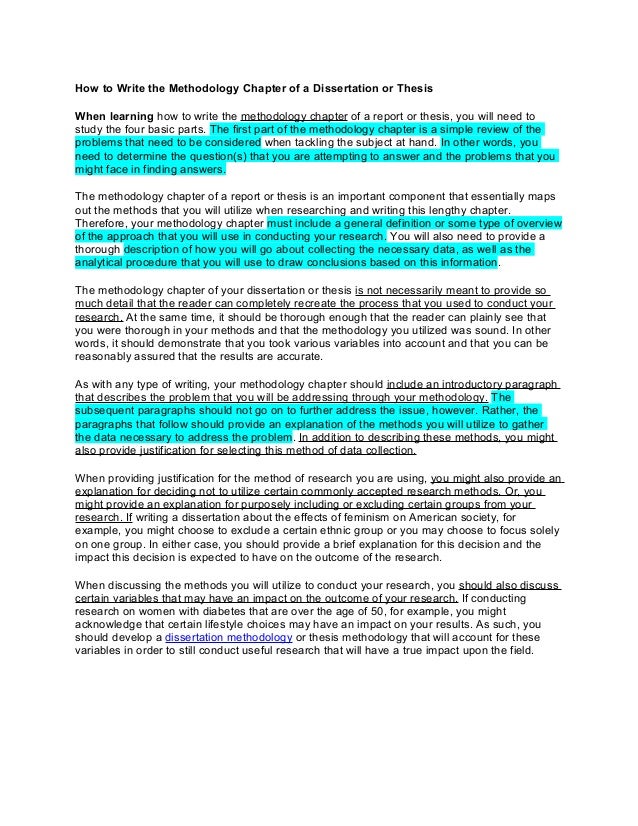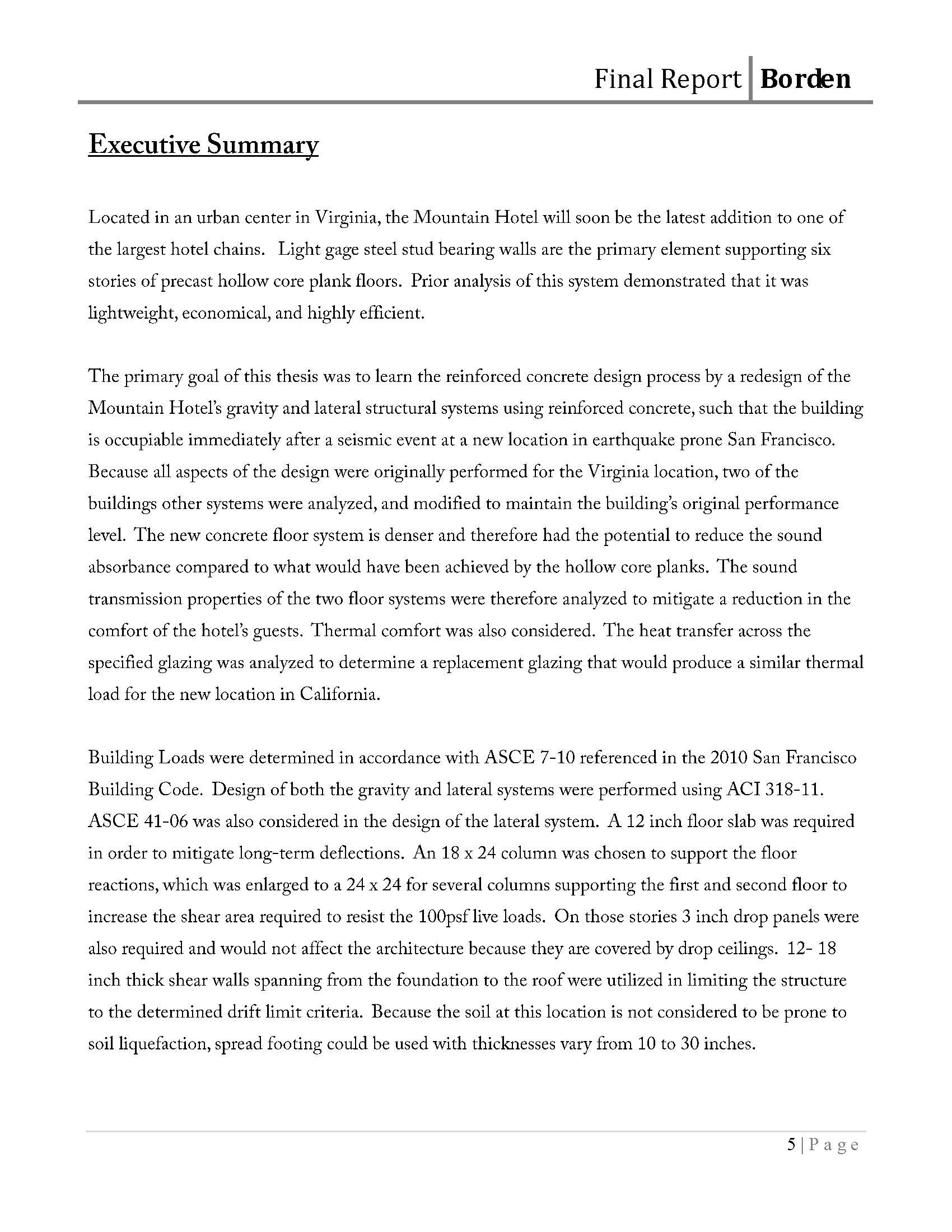The introduction of your Doctoral Dissertation, Masters Thesis, or Capstone Project
Dissertation Chapter 1 – 5 Sections Rubric - Version 1 May 1, APA formatting errors. Verb tense is an important consideration for Chapters 1 through 3. For the proposal, the researcher uses future tense (e.g. “The purpose of this study is to ”), whereas in the dissertation, the chapters are revised to reflect past tense (e.g. “The · 1. Identify and discuss the variables related to the problem. 2. Present a schematic diagram of the paradigm of the research and discuss the relationship of the elements/variables therein. Statement of the Problem 1. The general problem must be reflective of the title. 2 The core chapters (the “meat” of the dissertation) Chapter 1: Introduction; Chapter 2: Literature review; Chapter 3: Methodology; Chapter 4: Results; Chapter 5: Discussion; Chapter 6: Conclusion; Reference list; Appendix; Most importantly, the core chapters should reflect the research process (asking

Content of Each Dissertation Chapter
· Check out our comprehensive guidelines on how to write a first-class dissertation proposal. Step #3: Investigation, Research and Data Collection This is perhaps the most critical stage of the dissertation writing process. One should not waste their time using outdated and irrelevant academic sources that are likely to put hard work in jeopardy · Steps of How to Write Dissertation Discussion Chapter Provide a Summary of Your Findings Start your discussion by providing a summary of the key findings of your research questions. Avoid repeating the information you have already stated in the previous chapters · 1. Identify and discuss the variables related to the problem. 2. Present a schematic diagram of the paradigm of the research and discuss the relationship of the elements/variables therein. Statement of the Problem 1. The general problem must be reflective of the title. 2

What is a Dissertation – Definition
The core chapters (the “meat” of the dissertation) Chapter 1: Introduction; Chapter 2: Literature review; Chapter 3: Methodology; Chapter 4: Results; Chapter 5: Discussion; Chapter 6: Conclusion; Reference list; Appendix; Most importantly, the core chapters should reflect the research process (asking Dissertation Chapter 1 – 5 Sections Rubric - Version 1 May 1, APA formatting errors. Verb tense is an important consideration for Chapters 1 through 3. For the proposal, the researcher uses future tense (e.g. “The purpose of this study is to ”), whereas in the dissertation, the chapters are revised to reflect past tense (e.g. “The · Check out our comprehensive guidelines on how to write a first-class dissertation proposal. Step #3: Investigation, Research and Data Collection This is perhaps the most critical stage of the dissertation writing process. One should not waste their time using outdated and irrelevant academic sources that are likely to put hard work in jeopardy

You May Also Like
1 – A sentence or two introducing the overall field of your research. For example: “Organisational skills development involves identifying current or potential skills gaps within a business and developing programs to resolve these blogger.comted Reading Time: 9 mins The core chapters (the “meat” of the dissertation) Chapter 1: Introduction; Chapter 2: Literature review; Chapter 3: Methodology; Chapter 4: Results; Chapter 5: Discussion; Chapter 6: Conclusion; Reference list; Appendix; Most importantly, the core chapters should reflect the research process (asking · How do you write a chapter 1? An ideal first chapter should do the following things: 1) Introduce the main character. 2) Make us care enough to go on a journey with that character. 3) Set tone. 4) Let us know the theme. 5) Let us know where we

Difference between Dissertation and Thesis
Dissertation Chapter 1 – 5 Sections Rubric - Version 1 May 1, APA formatting errors. Verb tense is an important consideration for Chapters 1 through 3. For the proposal, the researcher uses future tense (e.g. “The purpose of this study is to ”), whereas in the dissertation, the chapters are revised to reflect past tense (e.g. “The · How do you write a chapter 1? An ideal first chapter should do the following things: 1) Introduce the main character. 2) Make us care enough to go on a journey with that character. 3) Set tone. 4) Let us know the theme. 5) Let us know where we 1 – A sentence or two introducing the overall field of your research. For example: “Organisational skills development involves identifying current or potential skills gaps within a business and developing programs to resolve these blogger.comted Reading Time: 9 mins
No comments:
Post a Comment